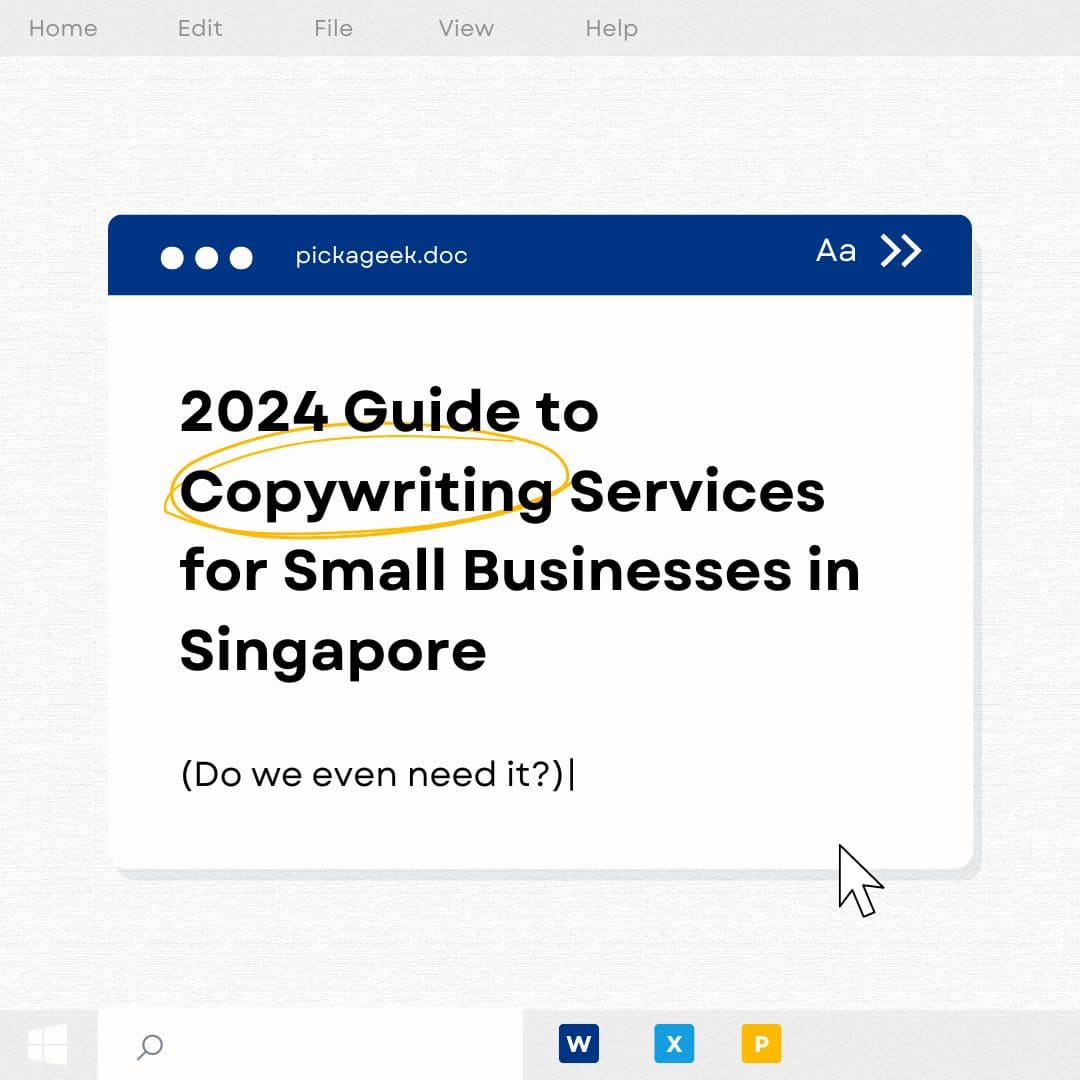What is the Google Sandbox? The term "Google Sandbox" refers to a speculated phase where…

What is Marketing Mix?
What is marketing mix? What do product, price, place, promotion, people, process, and physical evidence have in common? They are the 7 P’s of the marketing mix, a powerful framework for creating and delivering value to your customers. In this blog, we’ll explain the essence of marketing mix.
What is a Marketing Mix?
Marketing mix is a selection of marketing tools that include several areas of focus that can be combined to create a comprehensive plan. The term refers to a classification that began as the 4 P’s: product, price, placement, and promotion, and has been expanded to Product, Price, Promotion, Place, People, Packaging, and Process.
What are the 7 Ps of Marketing?
The 4 P’s marketing mix concept (later known as the 7 P’s of marketing) was introduced by Jerome McCarthy in his book: “Basic Marketing: A Managerial Approach”. It refers to the thoughtfully designed blend of strategies and practices a company uses to drive business and successful product promotion. Initially 4, these elements were Product, Price, Place and Promotion, which were later expanded by including People, Packaging and Process.
How the 7 Ps Benefit SMEs in Singapore:
It can be challenging for SMEs in Singapore to navigate the complex world of marketing, especially with the rise of digital platforms. The 7 Ps of marketing provide a structured framework to plan and implement marketing activities effectively. Let’s delve into each component:
1. Product (or Service)
Your customer only cares about one thing: what your product or service can do for them. Because of this, prioritise making your product the best it can be and optimise your product lines accordingly. This approach is called “product-led marketing.”
Example: If you’re offering eco-conscious skincare products, ensure they are made from sustainable, natural ingredients, and highlight their benefits for the skin and the environment.
Product Considerations:
Design: Invest in an aesthetically pleasing design that reflects your brand’s values. For eco-conscious skincare, consider earthy tones and minimalistic packaging.
Quality: Ensure that your products meet high-quality standards. Conduct regular quality checks and source ingredients from reputable suppliers.
Features: Highlight unique features that set your product apart. For example, emphasize the use of organic ingredients and cruelty-free practices.
Options: Offer a range of options to cater to different customer preferences. This could include variations in scents, textures, or formulations.
Packaging: Use eco-friendly and recyclable materials for packaging to align with your brand’s sustainability goals.
Market Positioning: Clearly define where your product stands in the market. Are you positioned as a premium, luxury, or budget-friendly brand?
2. Price
Pricing strategy is crucial and can greatly influence consumer perception. Consider factors like competition, production costs, and perceived value when setting prices. For SMEs, finding the right pricing strategy can help establish a competitive edge.
Example: Offering introductory pricing or bundle deals for a limited time can attract price-sensitive customers and encourage them to try your products.
Price Strategies:
Competitive Pricing: Research your competitors’ prices and set your prices in line with or slightly below them. This strategy works well for gaining market share.
Value-Based Pricing: Price your products based on the perceived value they offer to customers. Highlight unique features and benefits to justify higher prices.
Penetration Pricing: Set initial prices lower than the market average to gain a foothold. This is effective for new businesses entering a competitive market.
Bundle Pricing: Offer discounts for purchasing multiple products together. This encourages customers to spend more and increases their perceived value.
Psychological Pricing: Set prices just below a round number (e.g., £9.99 instead of £10). This creates the perception of a better deal.
3. Promotion
Promotion is the most visible aspect of marketing. It encompasses various channels like advertising, social media, email marketing, and more. SMEs need to choose the right promotional strategies to reach their target audience effectively.
Example: Using social media platforms like Instagram and Facebook to showcase customer testimonials and before-and-after photos can build trust and attract potential customers.
Promotion Channels:
Advertising: Consider online platforms like Google Ads, as well as traditional methods like print and radio advertising, based on your target audience’s preferences.
Social Media Marketing: Engage with your audience on platforms like Instagram, Facebook, and LinkedIn. Share valuable content and interact with followers.
Content Marketing: Create informative blogs, videos, and infographics that showcase your expertise and provide value to potential customers.
Email Marketing: Build a mailing list and send regular updates, promotions, and educational content to keep customers engaged.
Influencer Partnerships: Collaborate with influencers who align with your brand values to promote your products to a wider audience.
4. Place
Consider where your customers are likely to encounter your products or services. This involves both physical locations and online platforms. For SMEs, understanding the best placement strategies can enhance visibility and accessibility.
Example: If you’re selling handcrafted jewellery, participating in local craft markets, or having a presence on popular e-commerce platforms can increase your reach.
Placement Strategies:
E-commerce Platforms: Establish a user-friendly website or sell through popular e-commerce platforms like Lazada, Shopee, or Amazon.sg.
Brick-and-Mortar Stores: If applicable, choose high-traffic locations for your physical store. Ensure it aligns with your target demographic’s preferences.
Pop-Up Shops: Temporary retail spaces can create excitement and attract attention. Consider strategic locations like shopping malls or event spaces.
Third-Party Retailers: Partner with established retailers or boutiques to expand your reach and access their existing customer base.
5. People
Every interaction a customer has with your brand is a reflection of your business. This includes customer service, sales teams, and even the employees behind the scenes. Ensuring that your team embodies your brand’s values is crucial for SMEs looking to build strong customer relationships.
Example: Train your staff to be knowledgeable about your eco-conscious skincare products, emphasizing their benefits and the sustainable practices behind them.
People Management:
Training and Development: Provide ongoing training to equip your team with product knowledge, customer service skills, and effective communication.
Brand Alignment: Ensure that employees understand and embody the values and ethos of your brand. This creates a consistent and authentic customer experience.
Customer Relationship Management (CRM): Implement systems and practices that facilitate positive interactions and build lasting relationships with customers.
Hiring Practices: Select individuals who not only have the necessary skills but also align with your brand’s culture and values.
6. Packaging
Packaging serves as a visual representation of your brand and plays a crucial role in attracting and retaining customers. For SMEs, thoughtful packaging design can set you apart from competitors and enhance brand recognition.
Example: Use sustainable and visually appealing packaging for your skincare products, clearly highlighting their natural and eco-friendly attributes.
Packaging Strategies:
Branding Elements: Incorporate your logo, colours, and brand messaging into your packaging design to create a cohesive and recognisable brand identity.
Eco-Friendly Materials: Consider using recyclable or biodegradable packaging materials to align with sustainability efforts and appeal to eco-conscious consumers.
Functional Design: Ensure that the packaging is practical, protecting the product while also being easy to open and use.
Unique Selling Proposition (USP): Highlight any special features or benefits of your product directly on the packaging to grab customers’ attention.
7. Process
Efficient processes underpin the delivery of a seamless customer experience. This involves the behind-the-scenes operations that support your business, from production to distribution. For SMEs, streamlined processes contribute to improved customer satisfaction and operational efficiency.
Example: Implement an inventory management system to ensure that your skincare products are consistently in stock and ready for fulfilment.
Process Enhancement:
Supply Chain Management: Evaluate suppliers, logistics, and inventory management to ensure a smooth flow of products from production to delivery.
Customer Feedback Loop: Establish mechanisms to gather and act upon customer feedback. This helps in refining processes and meeting customer expectations.
Quality Control: Implement rigorous quality checks at every stage to maintain the high standards of your products or services.
Technology Integration: Leverage tools and software to automate and streamline processes, from order processing to customer relationship management.
By carefully considering and optimising each of these elements, SMEs in Singapore can construct a robust marketing mix that aligns with their business goals and resonates with their target audience. Remember, the 7 Ps provide a versatile framework that can be adapted to different industries and business models, allowing your business to create a unique and compelling marketing strategy.



